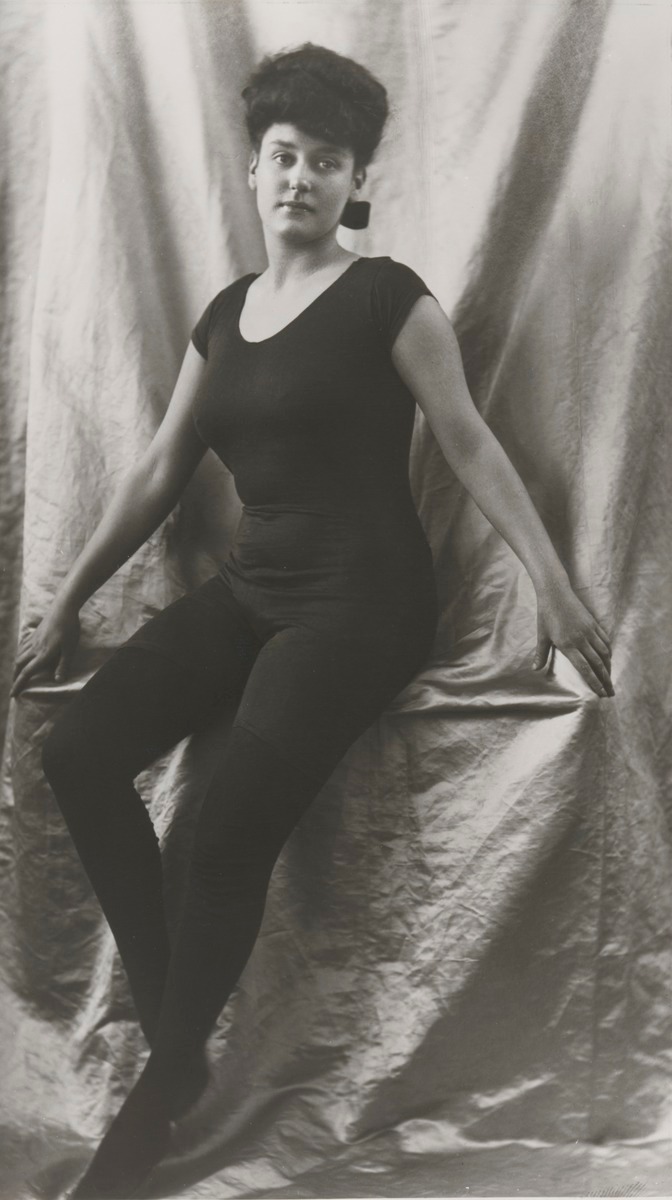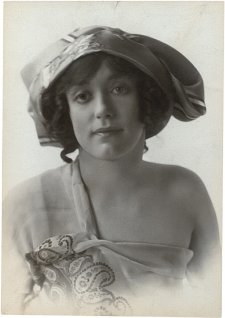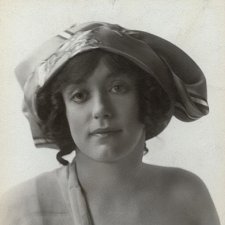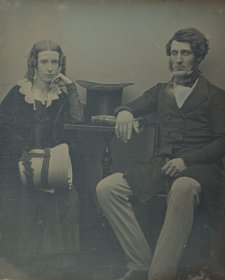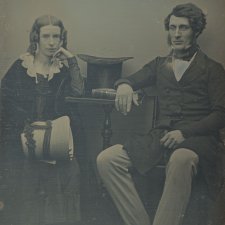Indecent exposure presents a portrait of Kellerman with samples from the vivid material culture of her career - from sequinned mermaid suits and stage costumes to the film footage and photographs documenting her extraordinary and cinematic story. Click the image to read more about the exhibition and see scenes from the silent film 'Venus of the South Seas'.
Annette Kellerman (1886–1975), swimmer and entertainer, was among the early twentieth century's most recognisable women. Born in Sydney, Kellerman was diagnosed with rickets as a child and learnt to swim when the sport was recommended as a means of strengthening her legs. In 1902, aged fifteen, Kellerman became the state champion for the 100 yards and set a world record (of 33 minutes, 49 seconds) for the mile. In Melbourne from 1903, she performed diving demonstrations and other aquatic routines and accomplished the first of her notable feats of endurance swimming. By 1905, discontent with the limited opportunities on offer at home, she went to England where there were 'more theatres and more money to be made.' Annette Kellerman embodied ideas about fit and vigorous Australian womanhood and during two years in Europe gave these an international airing through epic swims in England and Europe, including three attempts at swimming the English Channel. A deft self-promoter, Kellerman styled herself as the 'Australian Mermaid' and the 'Diving Venus', devising a unique stage show that eventually combined music, singing, dancing and wire-walking with diving and underwater ballet. She left for the USA in 1907. By 1917, she was reputedly the highest paid woman in vaudeville and had starred in the first of several films, each a vehicle for her swimming, stunts and mermaid routines. The fame generated by these ventures powered her parallel profile as a fitness advocate and populariser of the women's one-piece swimming costume. Declared 'the Perfect Woman' in 1908, Kellerman was a potent embodiment of modern femininity and her attitudes on exercise and swimwear issued a strident challenge to notions of 'decency'. She promoted her beliefs about bodies, beauty and fitness for women in the pioneering books Physical Beauty: how to keep it and How to swim, both published in 1918.
Indecent Exposure is supported by the Powerhouse Museum; the National Film and Sound Archive; and the New Zealand Film Archive.
